Robert de Veres forces were soon surrounded and after a short clash of weapons, de Vere was quick to realise the danger of his position and abandoned his men, leaving many of them to the mercy of their enemy and made his cowardly escape by crossing the river, supposedly in disguise, and headed to the Netherlands. A year later, in what has come to be known as the Merciless Parliament he was found guilty of treason and a death sentence was passed in his absence.
Robert de Vere spent the rest of his life in exile, thus avoiding the executioner's blade. His death left Richard II bereft. Three years later, on the anniversary of his death, the king had de Vere's embalmed body brought back to England for burial in the Priory at Earl's Colne, in Essex.
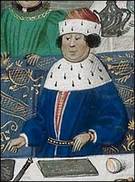
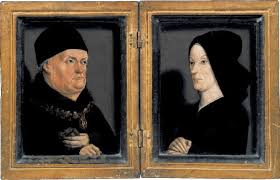
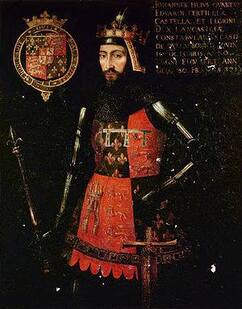
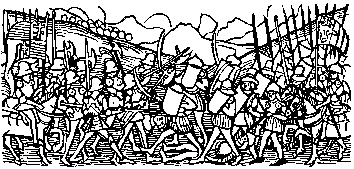
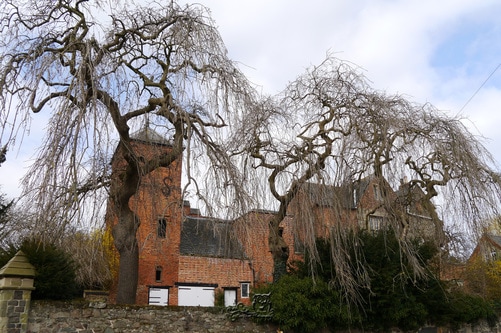

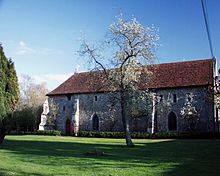
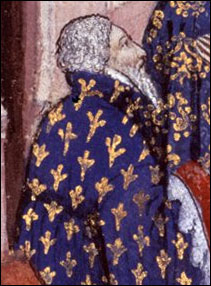

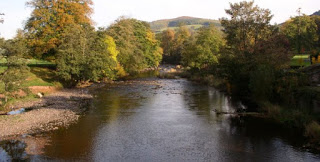
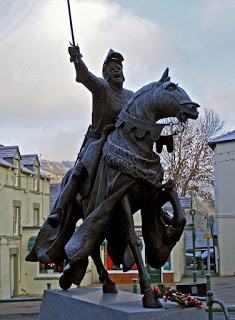
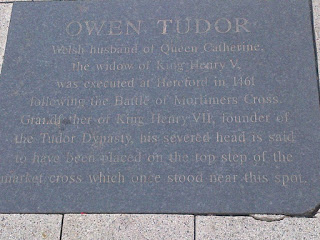
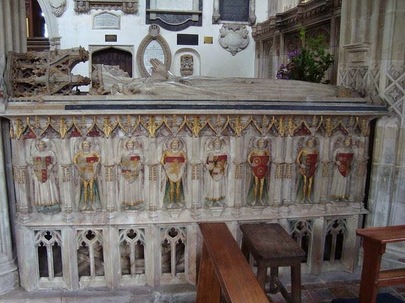
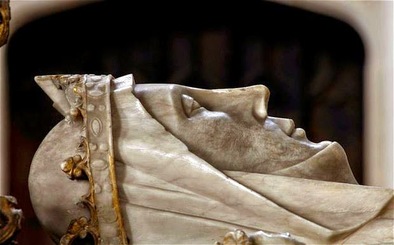
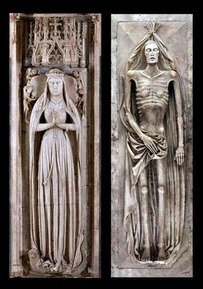
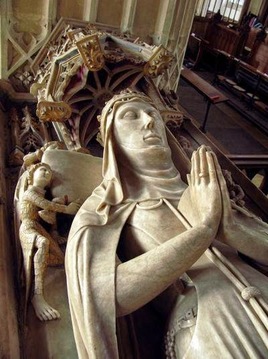
 RSS Feed
RSS Feed
